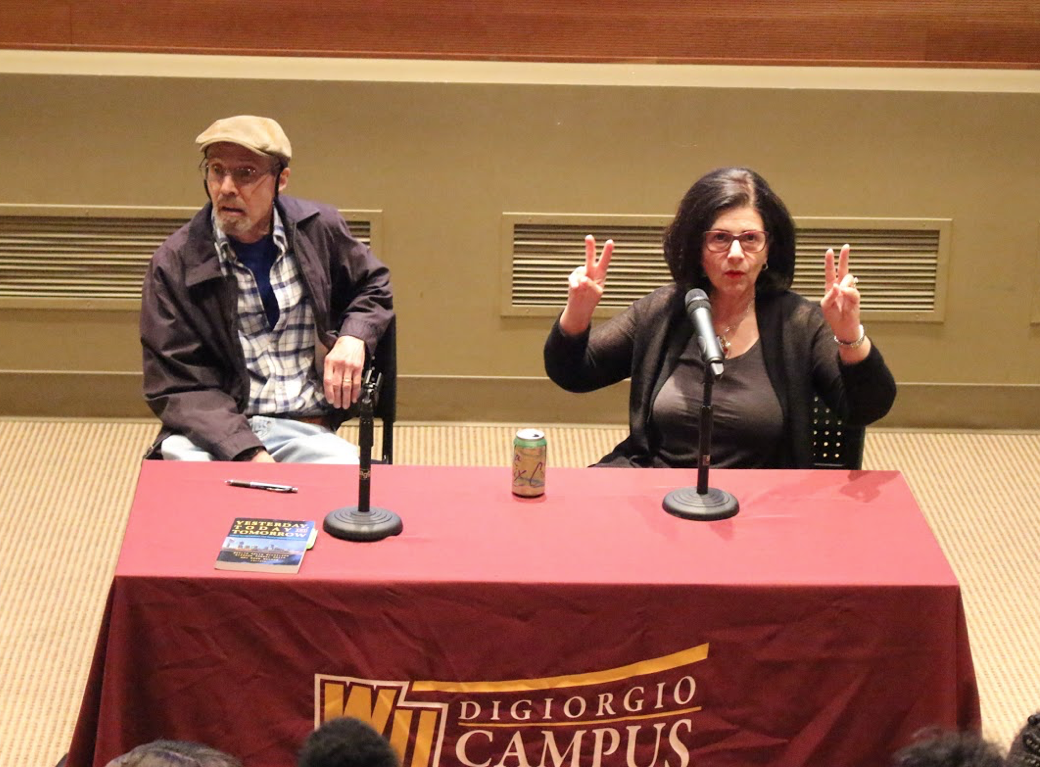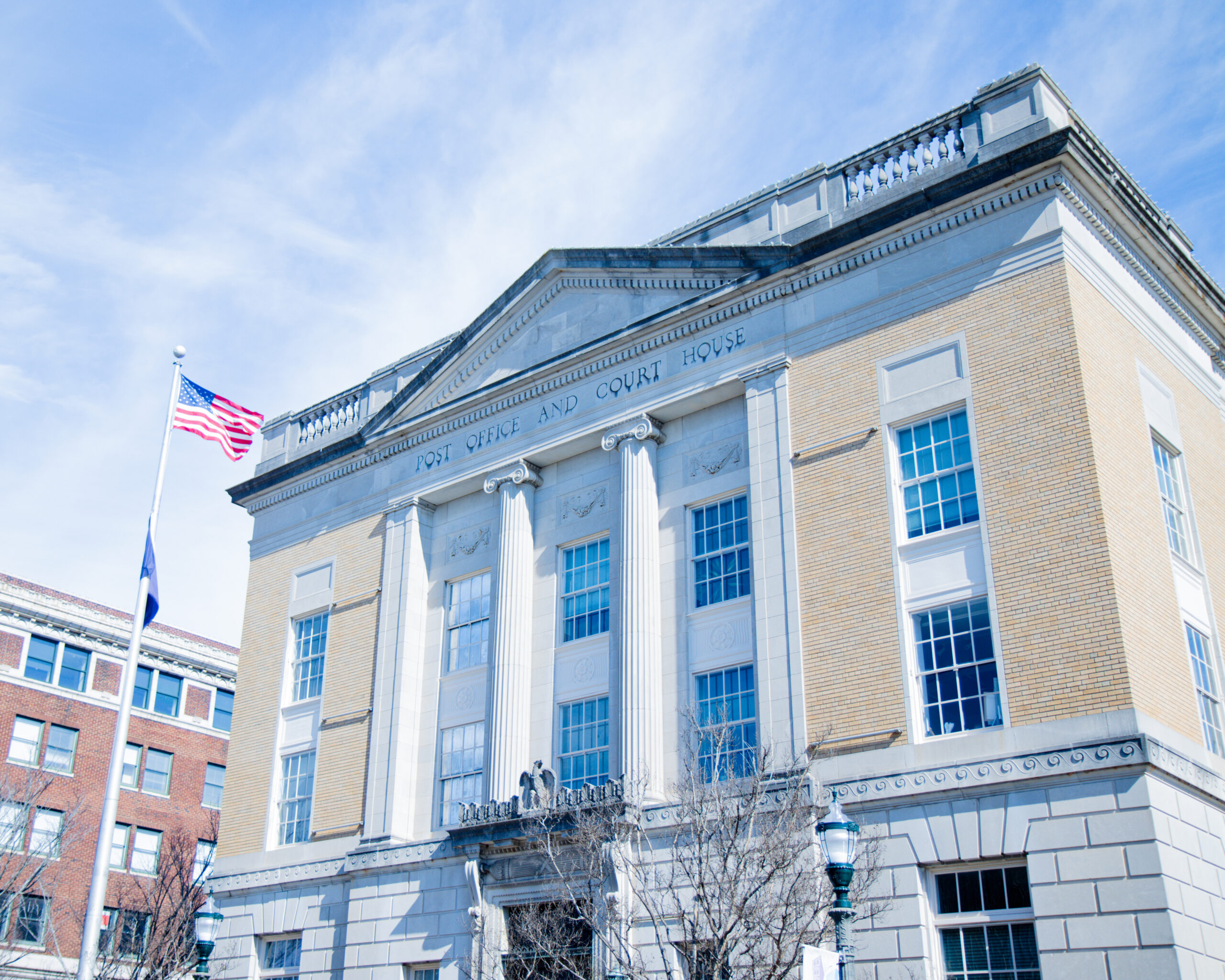Since 2002, Charlotte schools have decreased in diversity, according to political science professor, Stephen Smith. He said that this has lead to most schools being segregated between white and black students, and in turn, upper and lower class.
Smith presented with Roslyn Mickelson of UNC Charlotte on this desegregation and resegregation in the Charlotte school system at an event discussing the common book “Something Must be Done About Prince Edward County” by Kristen Green.
The book focuses on a county in Virginia that opened private schools for solely white students instead of desegregating after the Brown vs. the Board of Education decision.
The Charlotte school system was advanced in their desegregation policies, according to Smith and Mickelson, until these policies were dismantled in 2002. They said that this has lead to a resegregation becoming more and more common throughout South Carolina, as more counties lessen their efforts to keep schools desegregated.
They also said that the main reason schools have become resegregated is because of geographical location. Schools are funded by taxpayer dollars, and Mickelson said that neighborhoods with higher incomes can afford better teachers, better art and science programs and better extracurriculars.
Mickelson said that high income white schools in the Charlotte area have 26 to 31 AP and IB opportunities, while low income minority schools only offer 8 to 19 AP and IB opportunities.
Smith and Mickelson also said that students attending schools with fewer AP and IB programs and less qualified teachers have access to fewer resources that will help them receive admission into good universities or receive scholarship money.
According to Mickelson, this perpetuates the cycle of poverty, often leaving people that were already in a lower class to stay in that lower class.
“There is no evidence that any group is harmed when attending a desegregated school…[Integration is important for] breaking the intergenerational perpetuation of racial prejudice and fear,” Mickelson said.
Many Winthrop students have said that this issue of resegregation still affects many students in South Carolina.
Lily Spruill, a freshman mass communication major, attended West Florence High, where she said she didn’t see much diversity within her higher level classes.
“It was pretty equal between black and white people and people were predominantly middle class. I think there were around 8 AP classes and the majority [in those classes] were white middle-class students,” Spruill said.
Danielle Grausso, a sophomore biology major, said that her high school experience was not very diverse, as the majority of students were white.
“The school was [pre]dominantly white, and so were the upper-level classes. It seemed that there were more white kids in [my IB] class[es]. I’d give a 10:2 ratio to the IB classes,” Grausso said.
Both Smith and Mickelson said that the issue of resegregation needs to be resolved sooner rather than later, because it inhibits certain students from succeeding and being given the same opportunities as their peers, simply because of financial or cultural boundaries.




